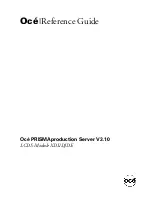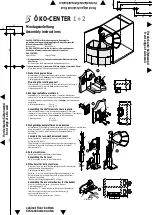
Copyright 2010 Baker Hughes Company.
22 | TERPS Instruction Manual–English
The relationship between the applied pressure and the output signal can be shown in graphic
form:
Figure
8: Output to Applied Pressure Graph
If S remains at 0 (the before value) and the H value is changed, the slope “pivots” around zero.
If H remains the same (slope) and the S value is changed the whole slope goes higher or lower
by the S value.
Command:
<SPACE>H,<PIN>,<Pressure><CR>
Reply:
n/a
Query:
<SPACE>H,?<CR>
Reply:
<Slope>,<Set-point><CR>
Query:
<SPACE>*H,?<CR>
Reply:
Slope = <Slope><CR>
Set At =<Set-point><Units><CR>
Where the slope is a gradient and set-point is the reading value entered for an applied pressure.
6.7.3 M - User Message
This command sets a user defined message of 16 characters stored in non-volatile memory. Only
ASCII characters 32 to 128 are stored, all others will be removed from the final string. ASCII 0
indicates the end of message and stores this in memory but does not transmit this character. The
where: <PIN>
is the PIN of the transducer.
<Pressure> is the new span pressure.
1
2
3
4
1
2
3
4
0
0
Applied Pressure
Output Reading
5
5
6
Original Slope
New set-point (span)
using the H command
New off-set (zero) using
the S command















































